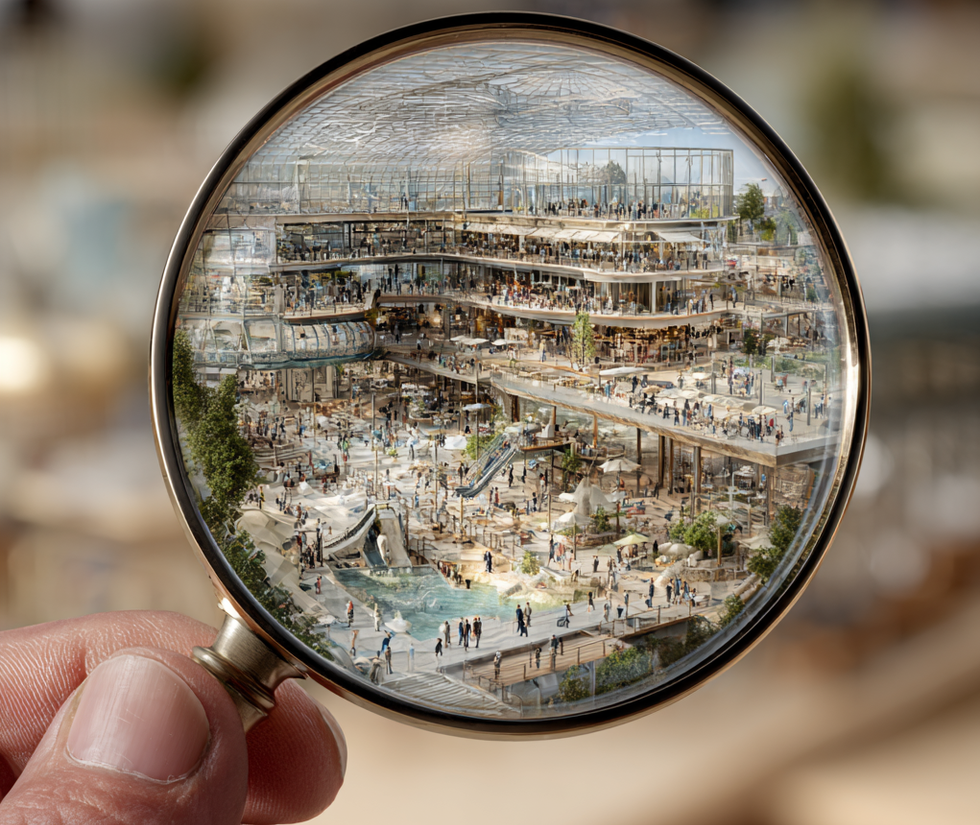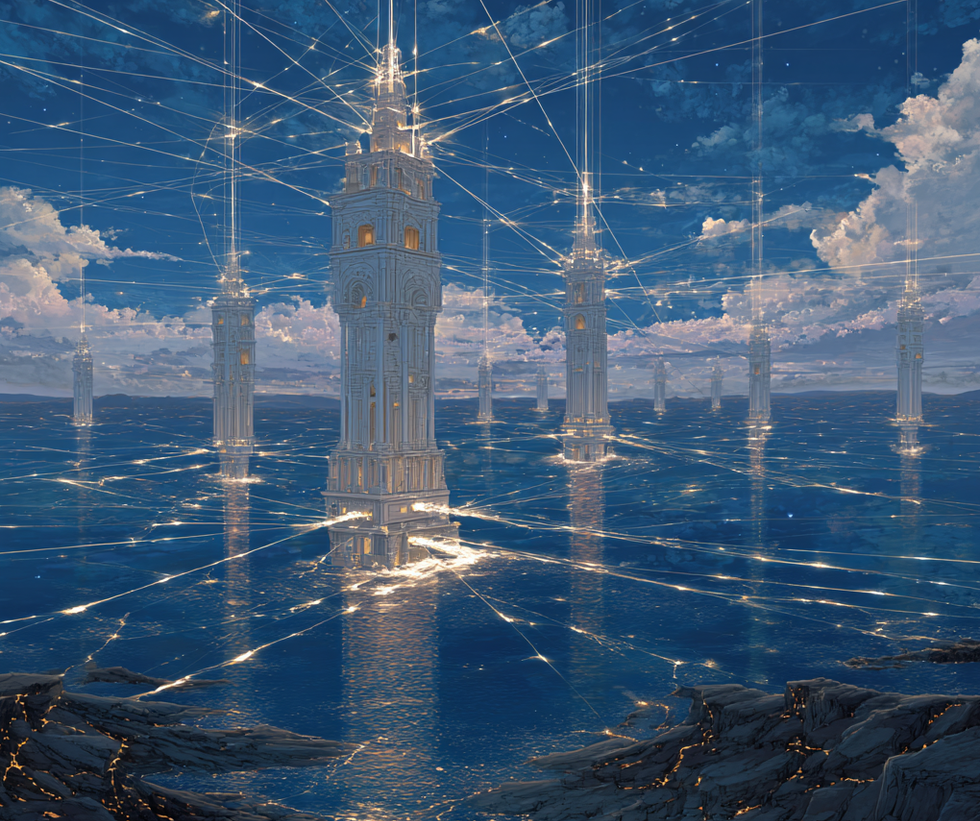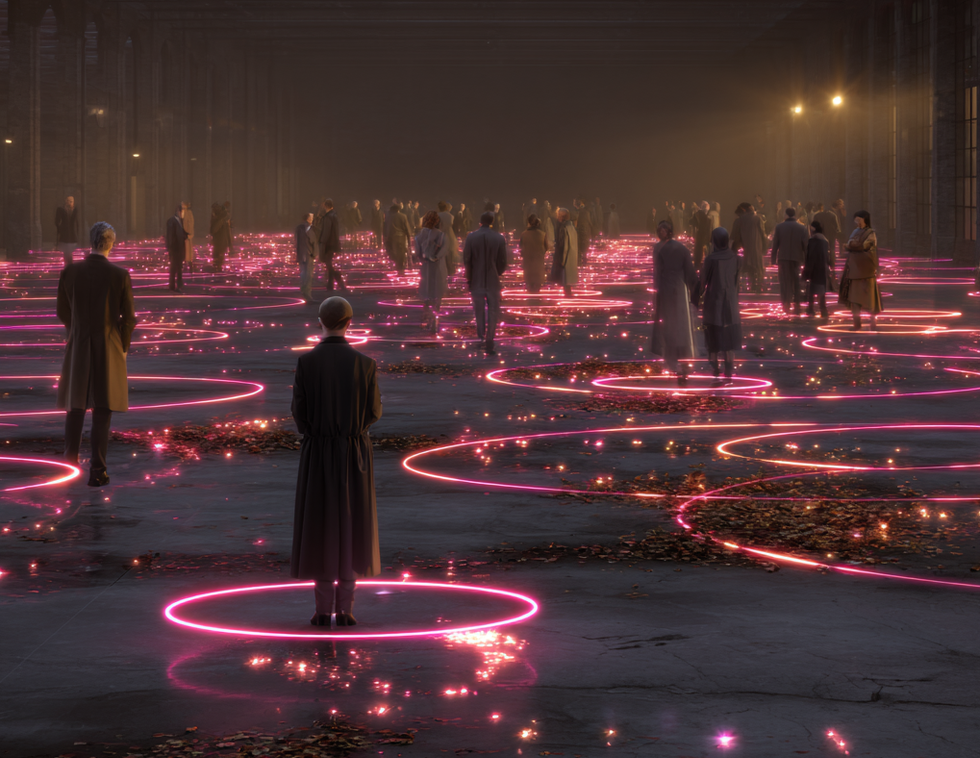by Gary Moynihan, Immersive Creative
Crafting impactful, immersive experiences requires a unique blend of skills, combining technical expertise with creative storytelling. A multidisciplinary skill set is essential. But when the rules of the game are still unclear, and the industry is in a constant state of flux, how do we educate and prepare for the future sector needs?
We borrow ‘best practices’ from other fields and attempt, often successfully, to merge them together. But is it time to define the needs of the immersive sector and be less reliant on the built-up wisdom of other disciplines if we want to establish our own identity or accept that immersive work, by its very nature, is a natural melting pot of skills, knowledge and lived experiences?
Immersive media: a growing sector in need of skilled talent
The immersive experience sector has the potential to transform how we engage with art, culture, and technology.
By prioritising talent development in immersive media, we can fuel the continued growth of this dynamic industry. I am also eager to see Australia emerge as a global leader in immersive innovation in the years ahead. We can drive transformative experiences that inspire and engage audiences worldwide.
As part of my previous role as head of creative at Grande Experiences and The Lume Melbourne, I was invited to contribute my expertise to a new Immersive Media course that Swinburne University of Technology in Melbourne was developing.
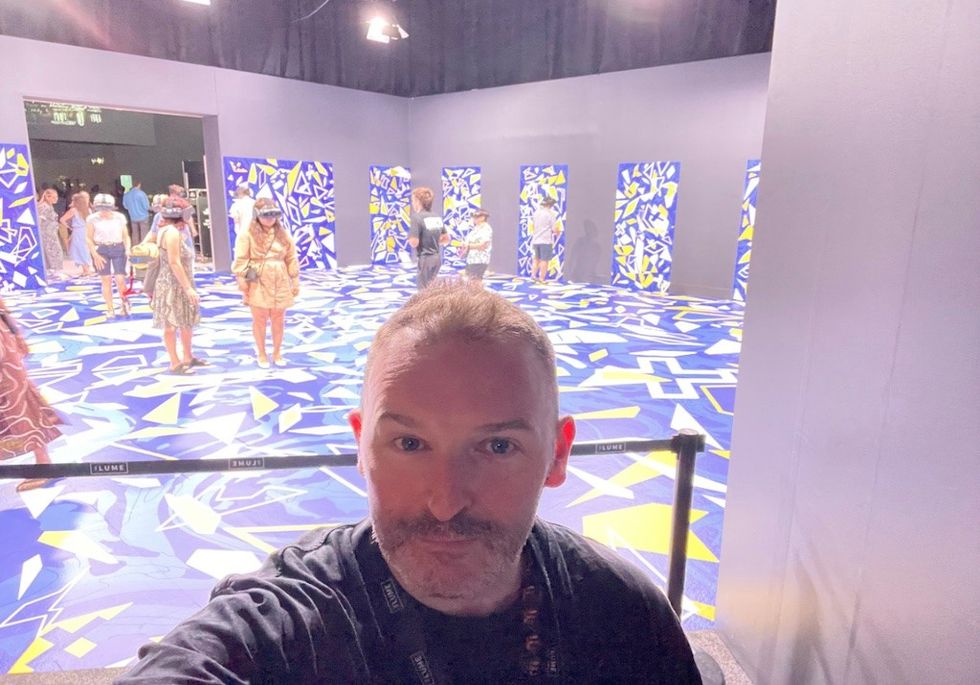
This opportunity required me to reflect on the current and future needs of the immersive experience sector, identifying the skills, knowledge, and, perhaps most importantly, the mindset necessary to drive innovation in this rapidly evolving field.
This involvement prompted me to consider my creative journey, from a nerdy art student 25 years ago to leading the production of large-scale immersive experiences, and how my experiences, challenges, and successes have shaped my approach to immersive storytelling and crafting impactful work.
The role of education in meeting immersive media’s growing pains
In my previous leadership role, I witnessed the growing demand for immersive experiences far outstripping the availability of skilled creatives.
Historically, we filled key roles like motion designers and creative directors with talent from screen media and filmmaking backgrounds. While this provided a starting point, it often required significant “unlearning” of traditional approaches. Ironically, the more seasoned the professional, the more challenging the transition.
My guiding principle was always clear. Although we may use similar tools, the content we create is much closer to installation art than traditional film. As the industry shifts from pre-rendered, linear content to more interactive, real-time, and non-linear works, these conventional roles feel increasingly misaligned with the sector's present and future needs.
Without a targeted effort to address the immersive media talent gap in Australia, I worry we risk hindering the growth and innovation of the sector.
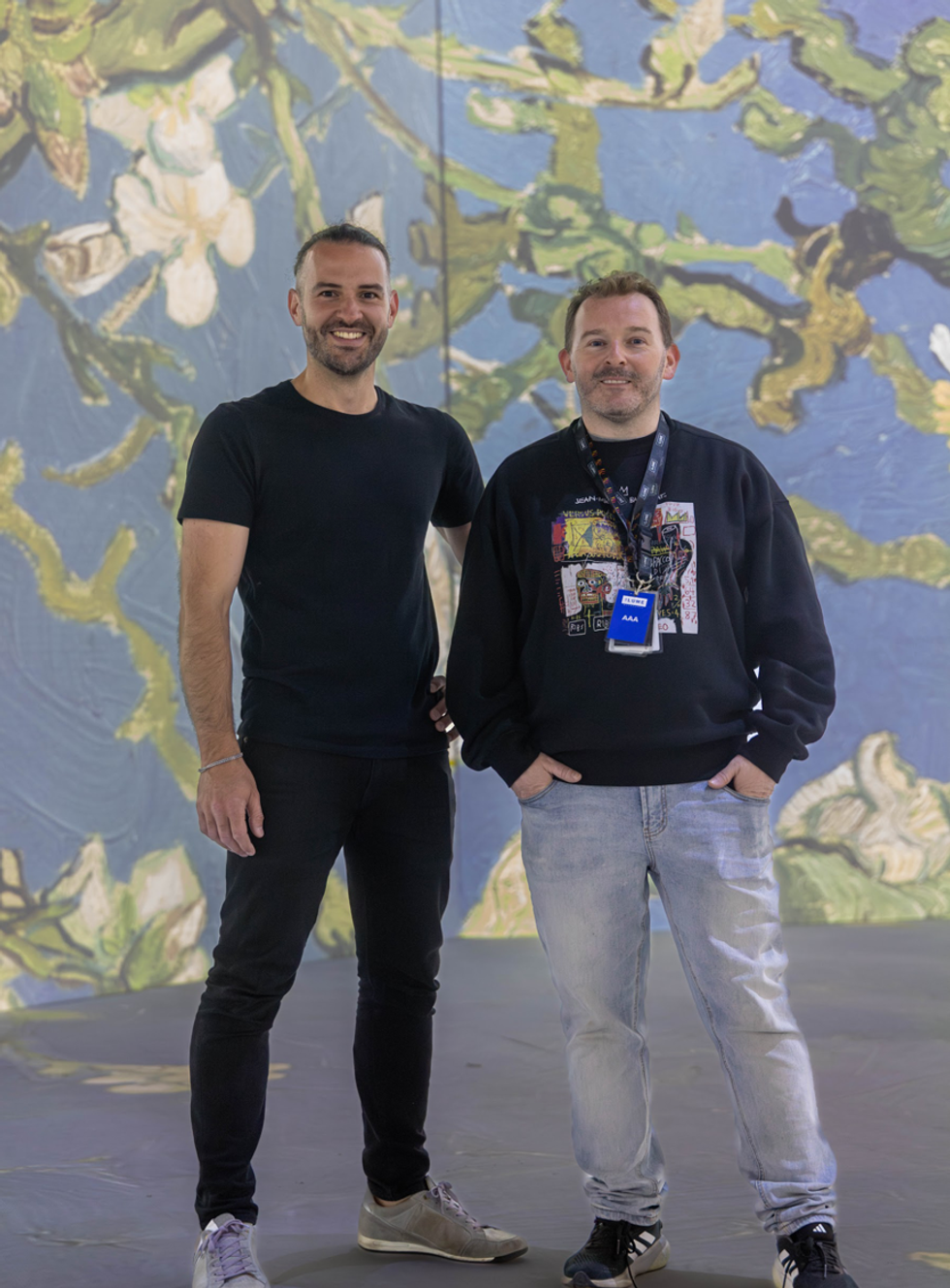
This could result in slower adoption of immersive experiences in specific regions and missed opportunities for businesses and institutions to harness the transformative power of this medium. Thus leaving Australia increasingly behind in the immersive revolution.
In my initial consultation with James Berrett, senior lecturer and the immersive media discipline coordinator at Swinburne University of Technology, we agreed on the importance of equipping students with a comprehensive understanding of the broader immersive landscape while maintaining a primary focus on digital content.
Berrett is an internationally experienced, published and awarded academic and creative practitioner. He works at the intersections of art, design and digital technology.
A distinct creative medium
James and his team at Swinburne have a long-standing reputation in screen media education. They have rightly identified the shifting nature of screen media and the fact that immersive experiences have largely been overlooked as a distinct and independent creative medium within educational settings.
This perspective on 'immersive' encompasses media production. Yet it also delves deeper into the true meaning of 'immersive' as an artistic medium, alongside the skills needed for innovation.
For me, this innovation must remain rooted in creative vision and narrative-driven approaches. By placing artistic intent at the forefront of development, successful students can become the driving force behind transformative experiences that captivate and inspire.
Within the context of the course at Swinburne University and the broader educational framework, immersive media represents an interdisciplinary domain that combines art, design, media, film, storytelling, and interactive technologies like virtual reality (VR), augmented reality (AR), and mixed reality (MR).
“A cornerstone of the course is instilling a story-first approach. This is crucial to developing talent who understand how to design and build memorable experiences for people to enjoy," says Berrett.
"Equally important is to develop creative mindsets who feel ok with experimentation and failing forward along with a drive to discover and an ability to adapt to a sector that is constantly changing along with audience expectations as they become more mature.”
New talent can add value to the immersive media sector
Therefore, for the students to add value to the sector, they need to emerge with a well-rounded skill set that includes creative thinking, technical proficiency, and a deep understanding of the visitor/participant/user experience - part artist, part designer, part technologist. This became our north star.
“From a curriculum design perspective, the challenge is to identify the key skills and knowledge from different disciplines that are essential to those who aspire to study and work in the immersive media field," says Berrett.
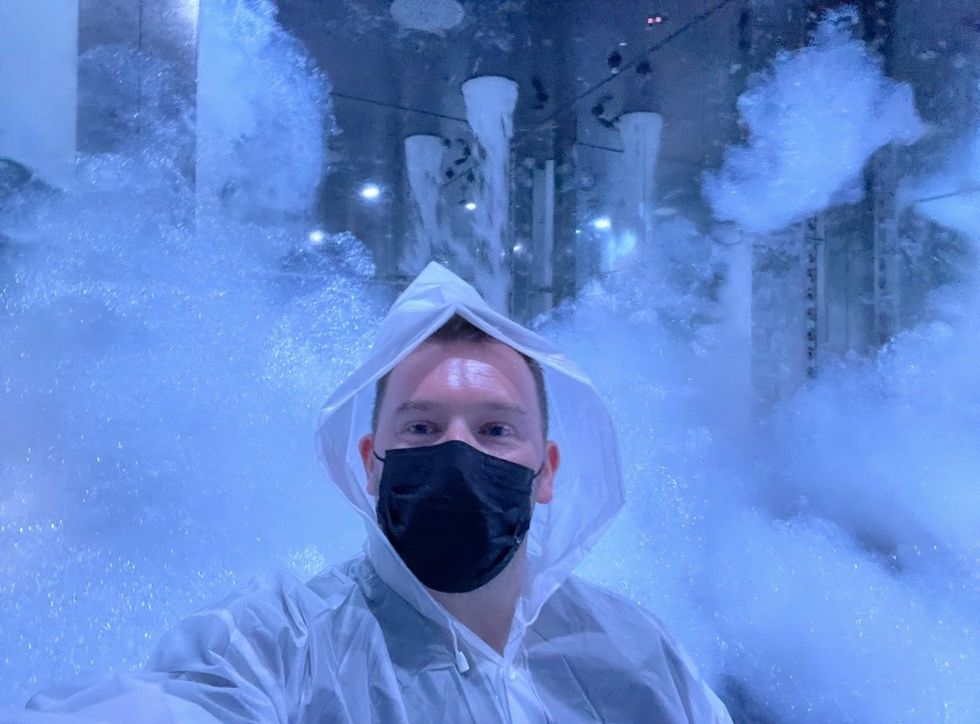
"In addition, distilling this down into something that can be achieved at an undergraduate level. Students need to understand immersive media ecosystems and how they can apply their skills and knowledge to a range of projects and roles. The opportunity here is to lay the foundations for a new breed of immersive media talent.
"Collaborating with industry has been essential to define, shape and articulate what the course is all about.”
Given my own observed challenges, I considered how developing cohorts of skilled creatives could help mitigate hiring risks by creating a reliable talent pipeline over time. This ensures a steady flow of well-prepared professionals across disciplines, reduces onboarding challenges, and supports long-term immersive industry growth.
The collaboration of industry and educatio n
I’ve seen firsthand how our industry partnership greatly enhances learning experiences by providing students with direct access to real-world projects, behind-the-scenes visits, and exclusive previews of upcoming initiatives.
These opportunities spark new ideas and insights, closing the gap between theoretical knowledge and practical application. Students gain exposure to the challenges and opportunities we, as producers, encounter daily. This prepares them for the sector's realities that they will one day navigate.
This collaboration can be a mutually beneficial exchange. Education providers not only stay aligned with industry needs and expectations but are held to account in real time. Meanwhile, the industry gains fresh talent and innovative perspectives from graduates.
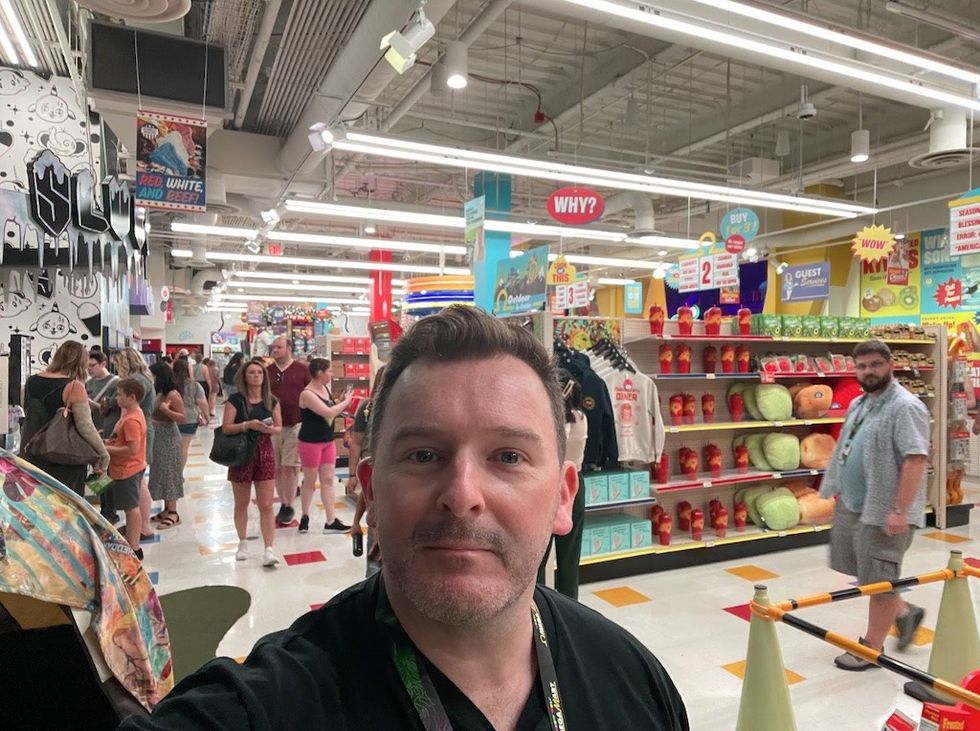
With traditional curricula often struggling to keep pace with rapid innovation, direct industry engagement isn’t just valuable—it’s vital. A truly symbiotic, win-win approach is the key to long-term success here.
I was genuinely impressed by the groundwork that James and his Swinburne team had laid before my arrival. For example, they recognised that their traditional storyboarding methods weren’t suitable for headset-based and 360-degree video content. So, they took the initiative to develop in-house storyboard templates tailored for immersive media productions.
These custom templates feature non-standard framing techniques specifically designed to communicate spatial storytelling. They also broaden the scope of considerations for students new to this way of working with content. Therefore, they are ensuring they can accurately plan for the unique perspectives and interactions.
Bridging the gap
This mindset of simple, practical innovation is crucial in bridging the gap between traditional storytelling techniques (borrowed from another discipline!) and the unique demands of immersive content creation.
This work also provides students with a launching pad, enabling them to explore ideas and effectively communicate them quickly. It contributes to answering James's underlying question of ‘how to scaffold the creative design process to ideate, create and refine visual concepts for immersive media projects’.
“We identified that due to the multidisciplinary nature of immersive media, we needed to train our talent in a combination of foundational disciplinary knowledge and skills and to make it approachable," says Berrett. "Too often, a lack of confidence can completely stop the creative process.”
By incorporating real-world tasks, projects, and collaborations into learning, students gain hands-on exposure to human-centred experience design, technical execution, and audience engagement. This approach equips them with essential skills. However, more importantly, it also fosters the creative agility and problem-solving mindset needed to thrive.
The ideal ecosystem
An ideal ecosystem for this collaboration should include:
- Co-created curricula: industry professionals are engaged to contribute to curriculum development, ensuring it aligns with real-world needs and emerging trends. Kudos to Swinburne University for the forward-thinking approach. Project-based learning opportunities that simulate industry challenges should be included.
- Mentorship and networking: professionals provide feedback and mentorship, guiding students through technical and creative challenges. Networking events and industry showcases connect students with potential employers and collaborators.
- Internships and work-integrated learning: structured programs and partnerships allow students to gain real-world, hands-on experience in immersive media companies.
- Access to resources and technolog y: shared spaces or labs where students and professionals can co-develop ideas and prototypes.
- Focus on creative leadership: encouraging education that emphasises creative-led approaches to immersive experiences, where artistic vision drives technological innovation. Workshops and seminars led by thought leaders across creative industries in storytelling, design, and user experience.
- Research engagement: the value of academic research in the creative industries can provide mutual benefits to companies and institutions as well as opportunities for students to create impact.
By cultivating a mutually beneficial relationship between industry and education, we can equip the next generation to drive the creation of groundbreaking experiences that are both creatively compelling and technologically sophisticated, worthy of our audience's attention.
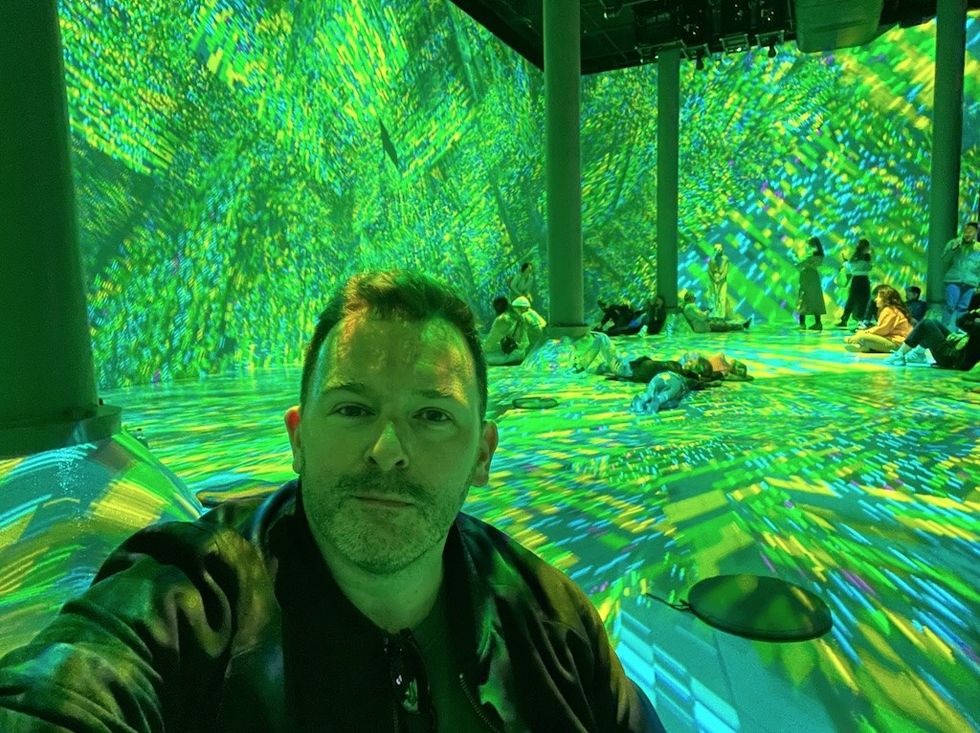
This talent ecosystem will ensure that immersive media remains a dynamic field, one that emphasises innovation, inclusivity, and lasting impact.
New talent s haping the future of immersive media
The immersive media sector here in Australia is entering a transformative phase. The first generation of experiences is now evolving into a new era of innovation.
The novelty or spectacle of the medium is giving way to depth and engagement. Both creators and audience are better at thinking through what ‘immersive’ can be [ Gina Fairley, Artshub (Australia) 20 Dec 2024].
The future of immersive media hinges on creating richer, more meaningful experiences that integrate thoughtful design and compelling narratives.
Immersive experiences must go beyond passive interaction to offer dynamic, adaptive, and participatory engagements that resonate deeply. The true potential of these technologies can only be realised through the expertise of skilled talent capable of seamlessly blending creative vision with technical innovation.
The next wave of immersive experiences will require immersive artists, technologists, and the whole immersive ecosystem to navigate complex multidisciplinary challenges. These creatives must combine technical expertise in VR and spatial design with a deep understanding of storytelling, psychology, and cultural representation.
Importantly, they must also address inclusivity, accessibility, and sustainability. This ensures that both creatives and audiences are supported so that the medium can evolve responsibly and inclusively.
The development of such talent is critical for the future of the industry. Programs like Swinburne University’s Immersive Media course are a timely step in bridging the current talent gap. They equip students with the skills and knowledge to innovate in our rapidly changing landscape.
This emerging talent pool can pursue meaningful creative careers within larger organisations in the sector, as well as in smaller boutique studios or through independent work.
Success will rest on cultivating this next generation of talent as our sector matures. We need creatives, technologists and artists with the space and support to push the boundaries and define the experiences of tomorrow.
Top image: “Standing Still” by James Berrett is currently on display at The Lume Melbourne as part of their Digital Arts Program. This piece is part of his own academic practice. Image courtesy of James Berrett
Gary Moynihan is a seasoned creative leader in the immersive experiences sector. As the former head of creative at Grande Experiences and The Lume, he spearheaded groundbreaking projects that fused art, technology, and storytelling to captivate audiences. Now, through his own practice, Immersive Creative, he offers consultancy and strategic content development, helping organisations bring immersive concepts to life.
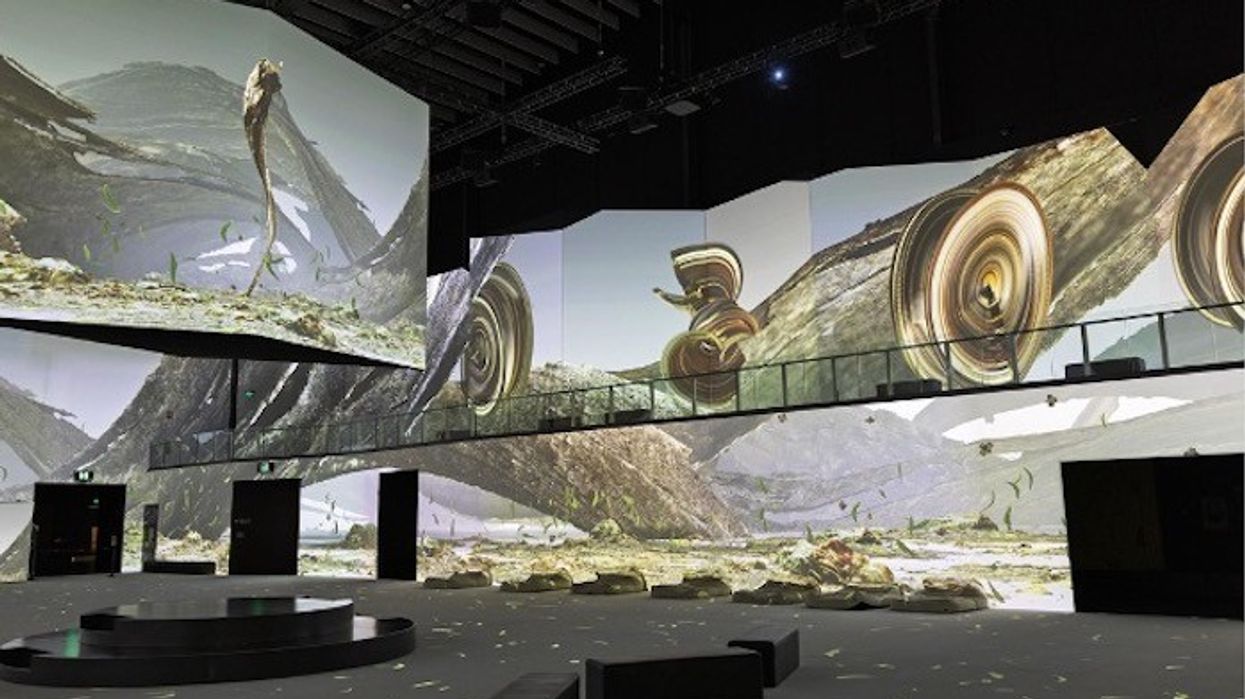

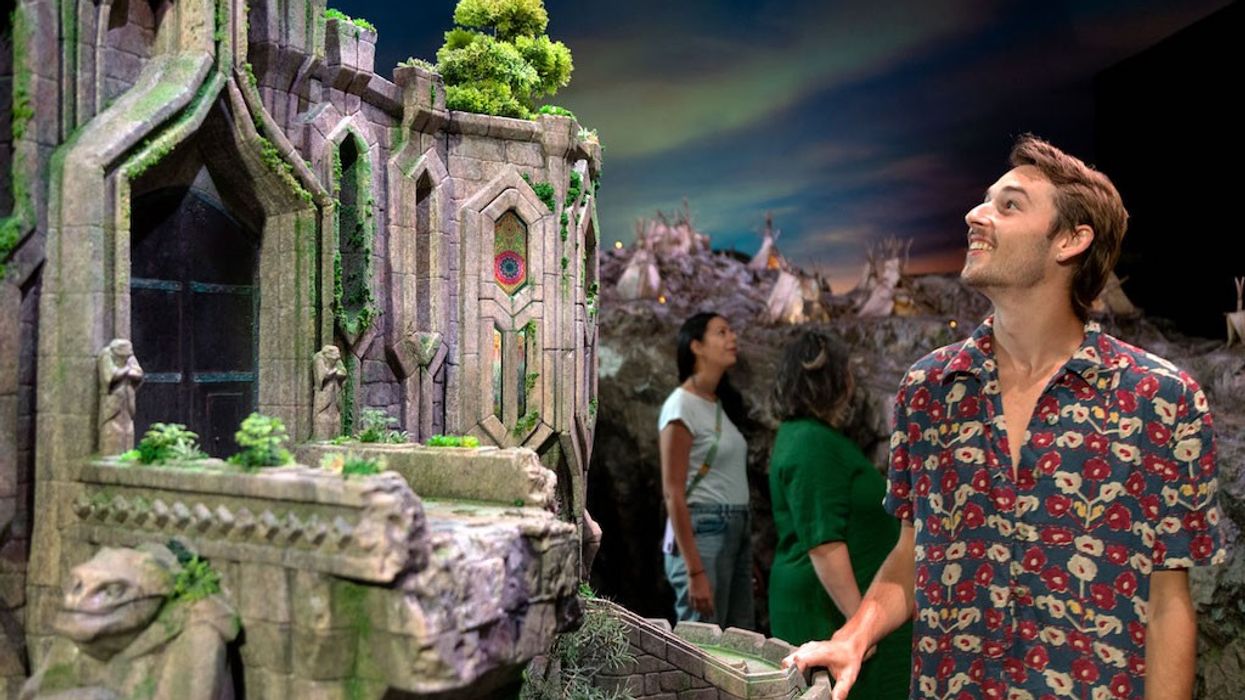

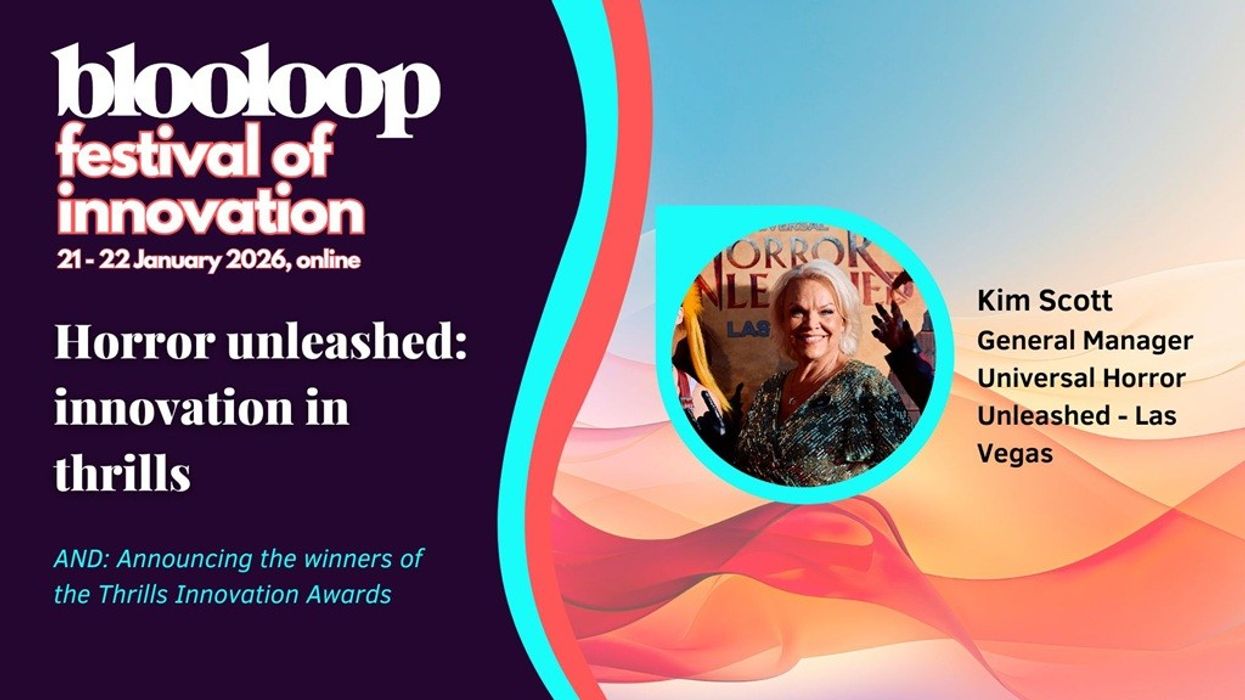
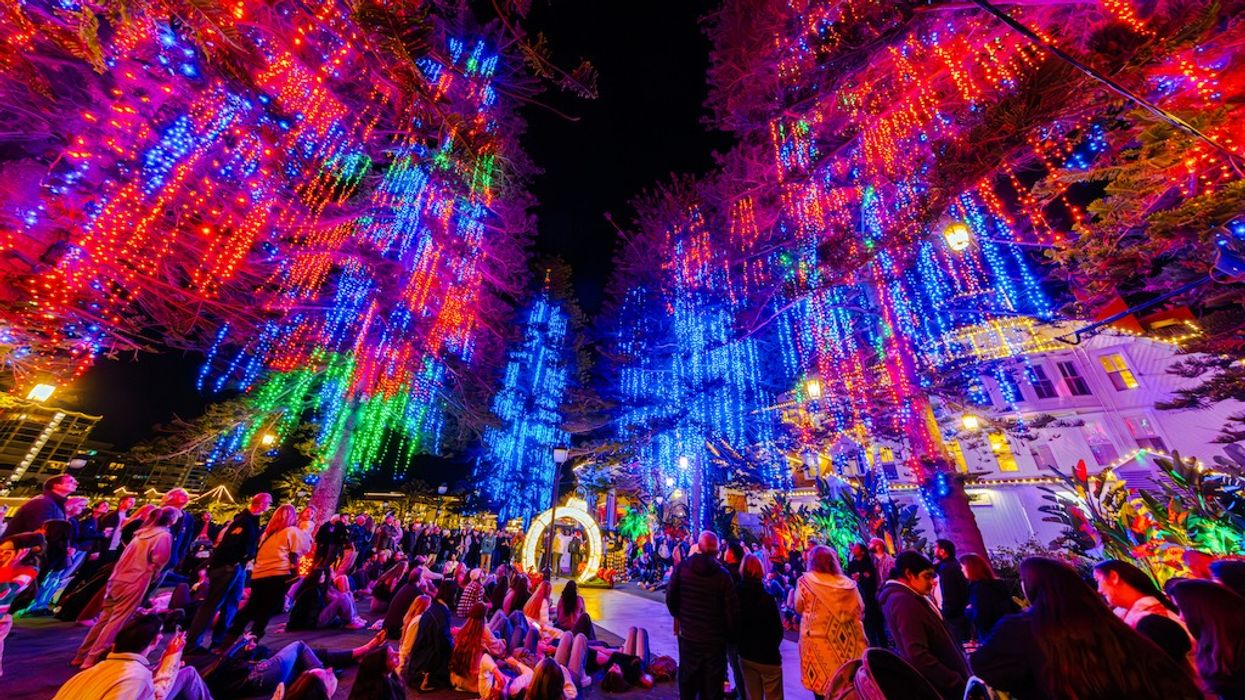
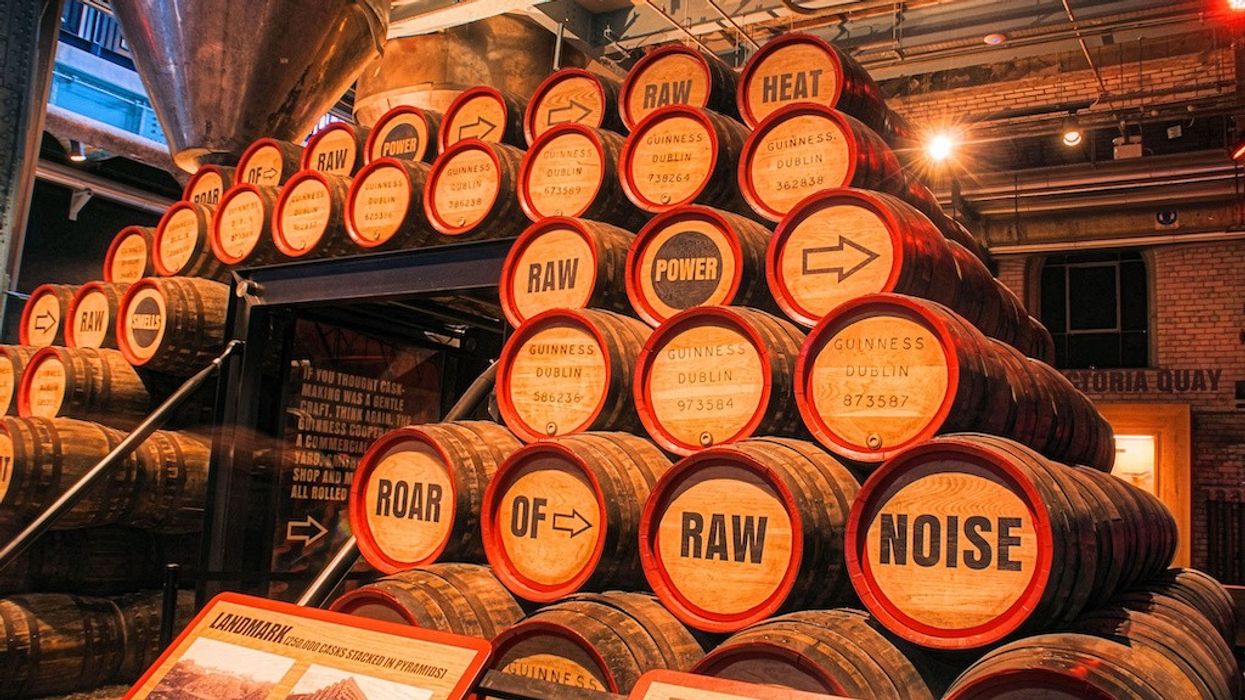
 Christian Lachel, chief creative officer, BRC Imagination Arts
Christian Lachel, chief creative officer, BRC Imagination Arts  Image credit AA+W - stock.adobe.com
Image credit AA+W - stock.adobe.com Chocoversum Image credit Sebastian Fuchs
Chocoversum Image credit Sebastian Fuchs 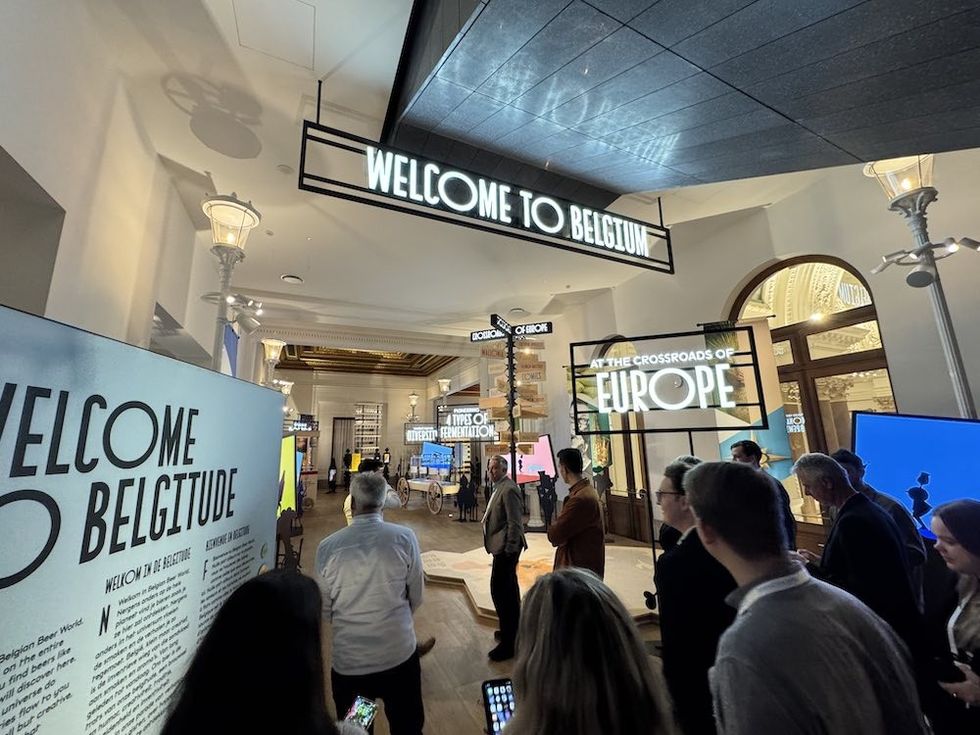 Belgian Beer World
Belgian Beer World 





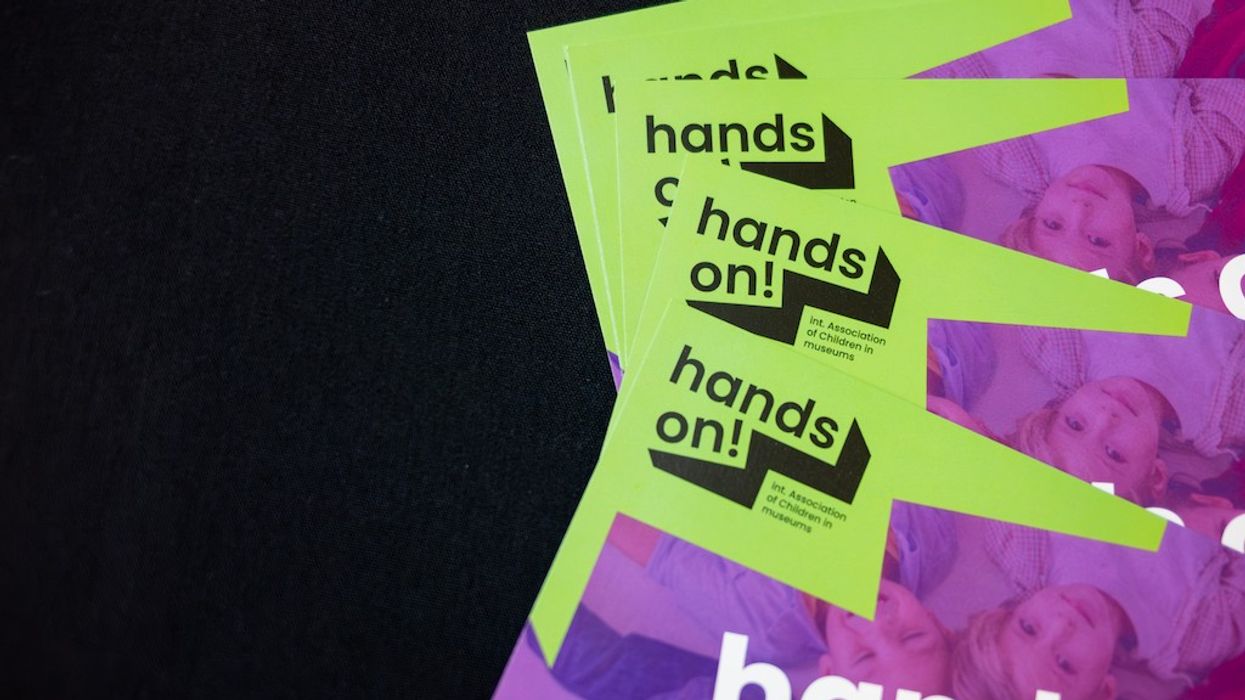
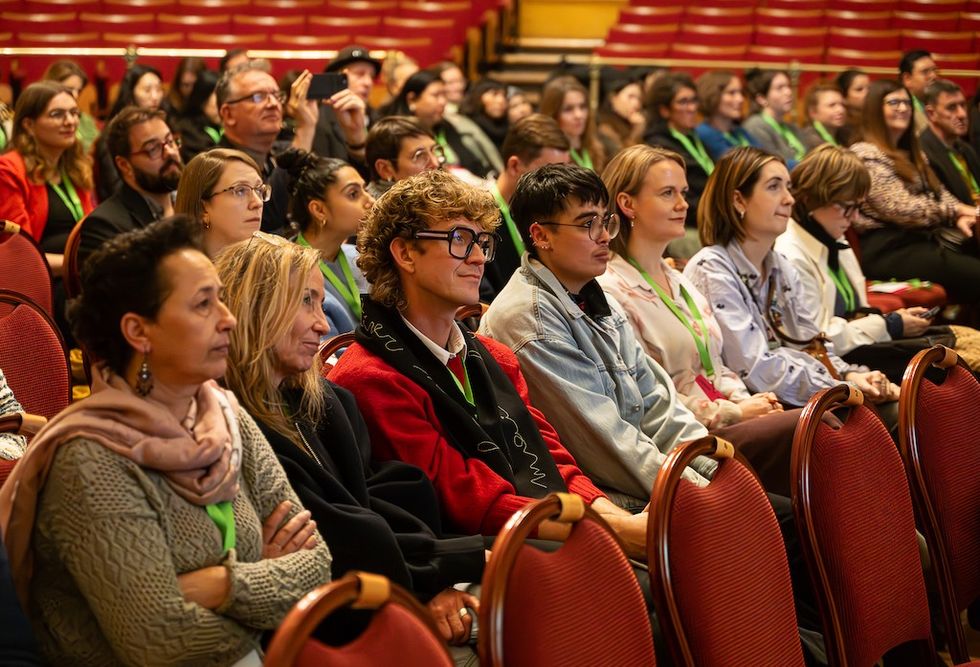
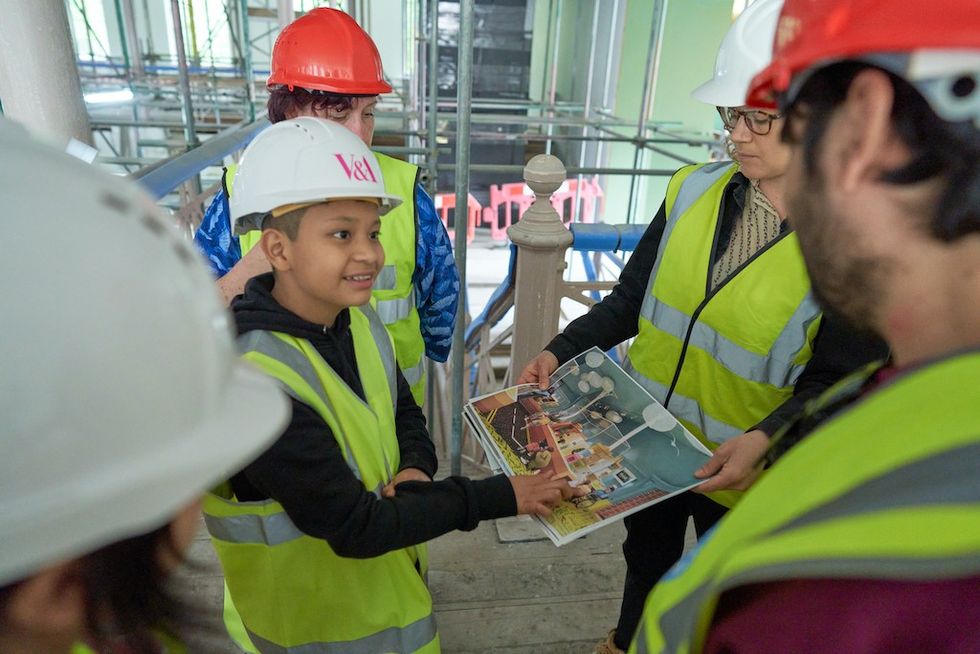 Young V&A Youth Collective members have a tour of the Young V&A construction site. Image courtesy of Young V&A.
Young V&A Youth Collective members have a tour of the Young V&A construction site. Image courtesy of Young V&A. 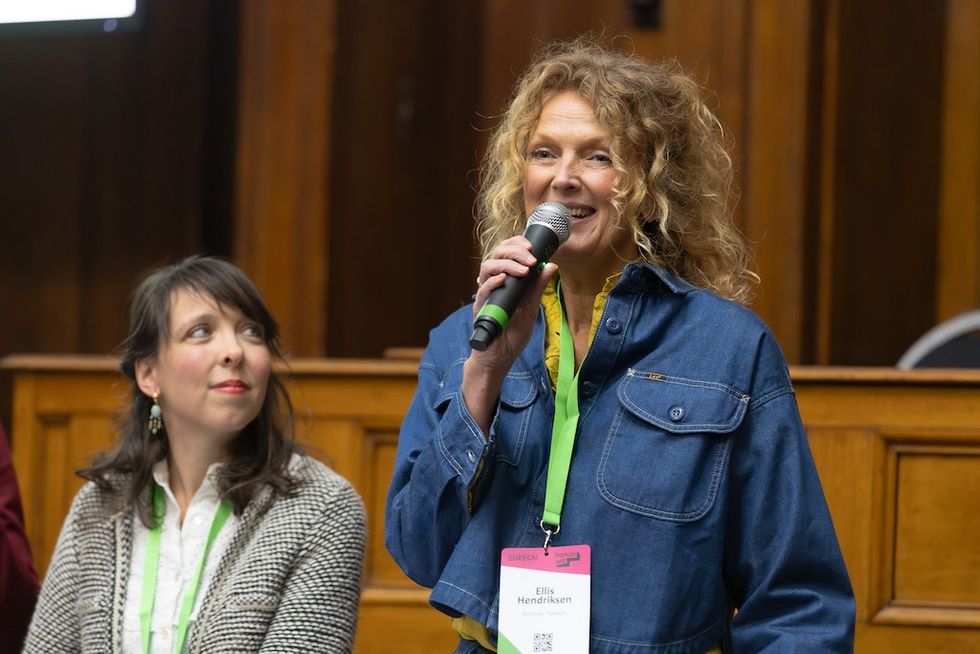 Floriane Perot and Ellis Hendriksen
Floriane Perot and Ellis Hendriksen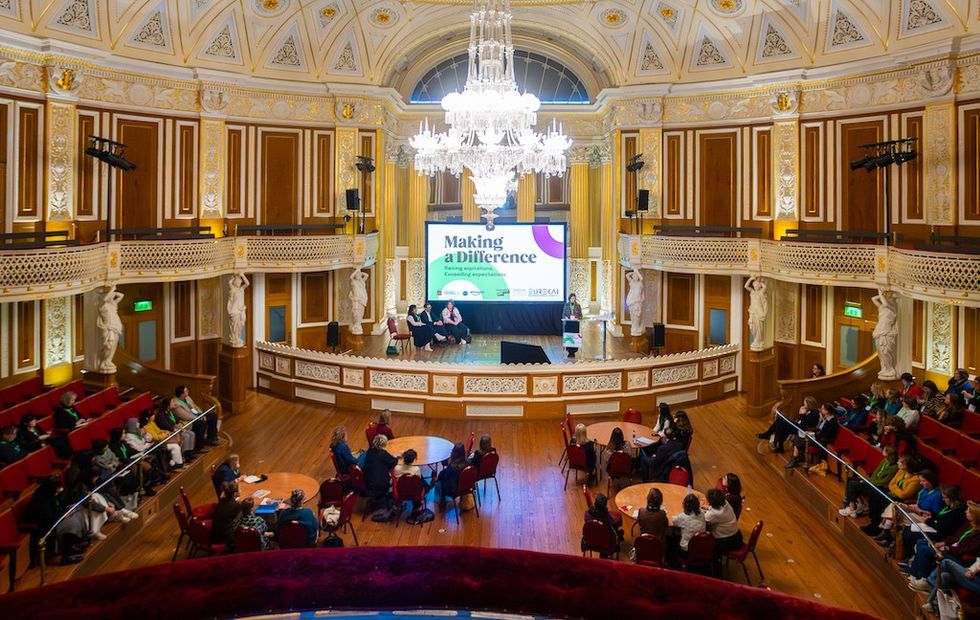
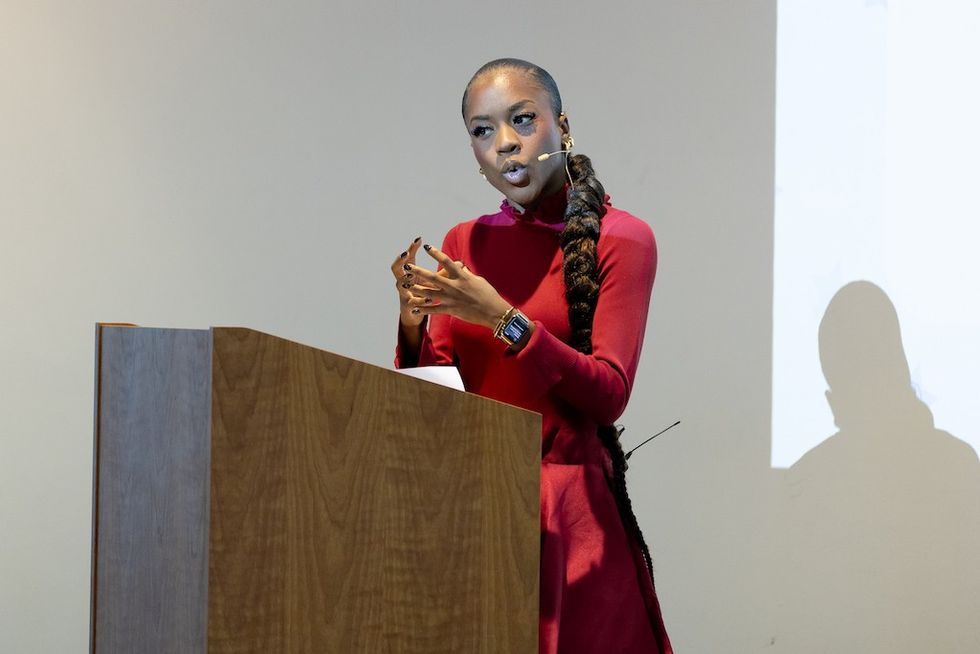 Amber Ogunsanya-William
Amber Ogunsanya-William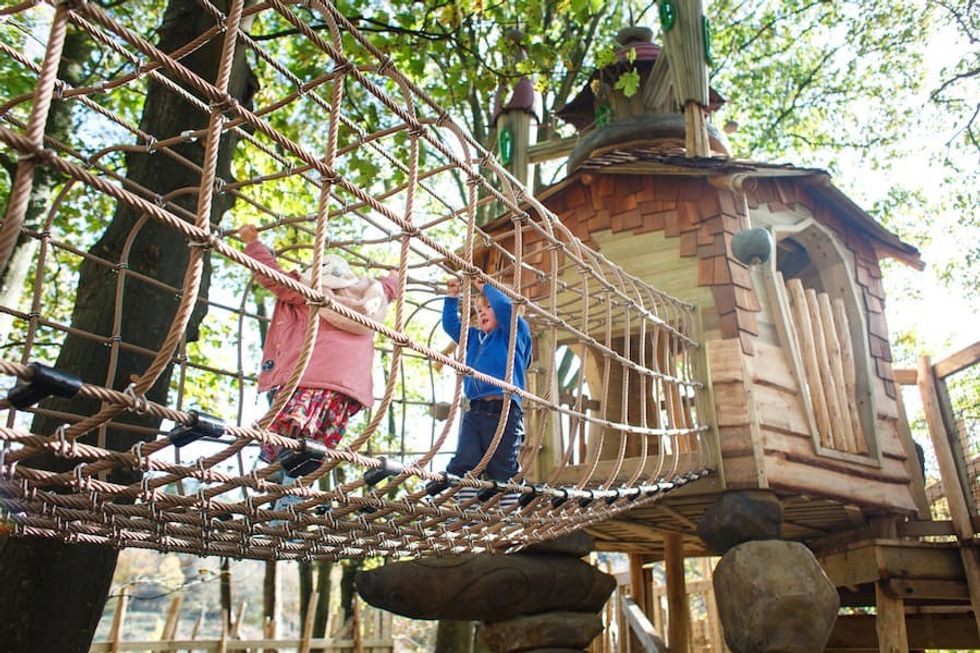 Tumblestone Hollow adventure playground by CAP.CO
Tumblestone Hollow adventure playground by CAP.CO 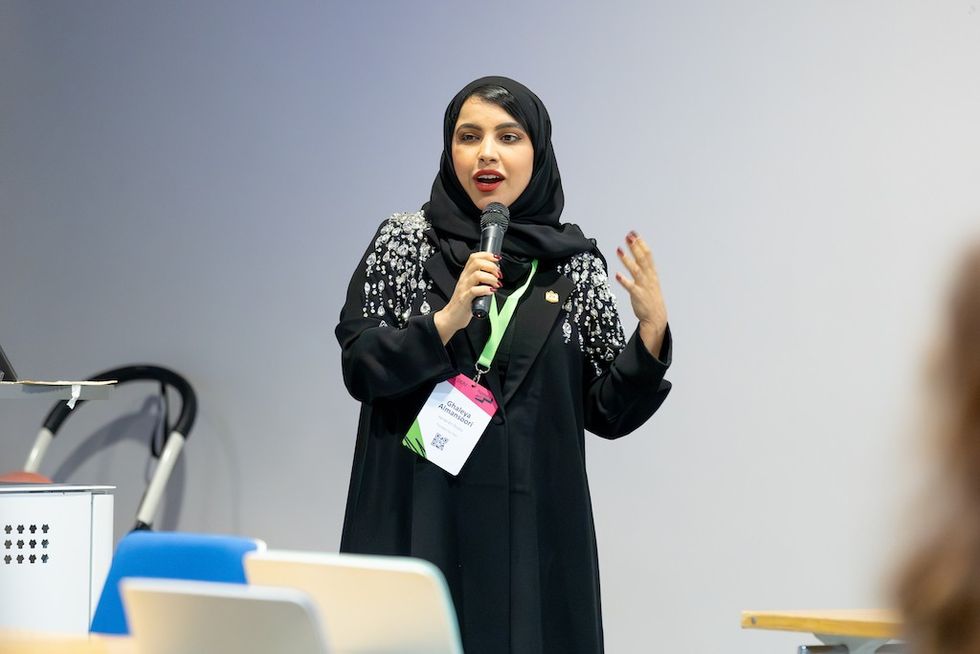 Ghaleya Al Mansoori
Ghaleya Al Mansoori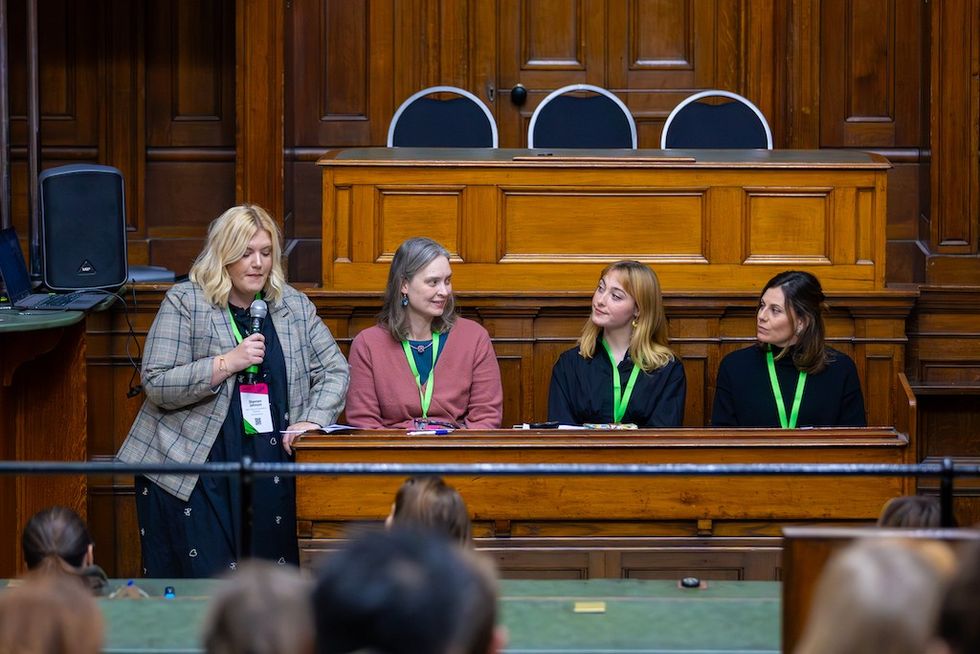
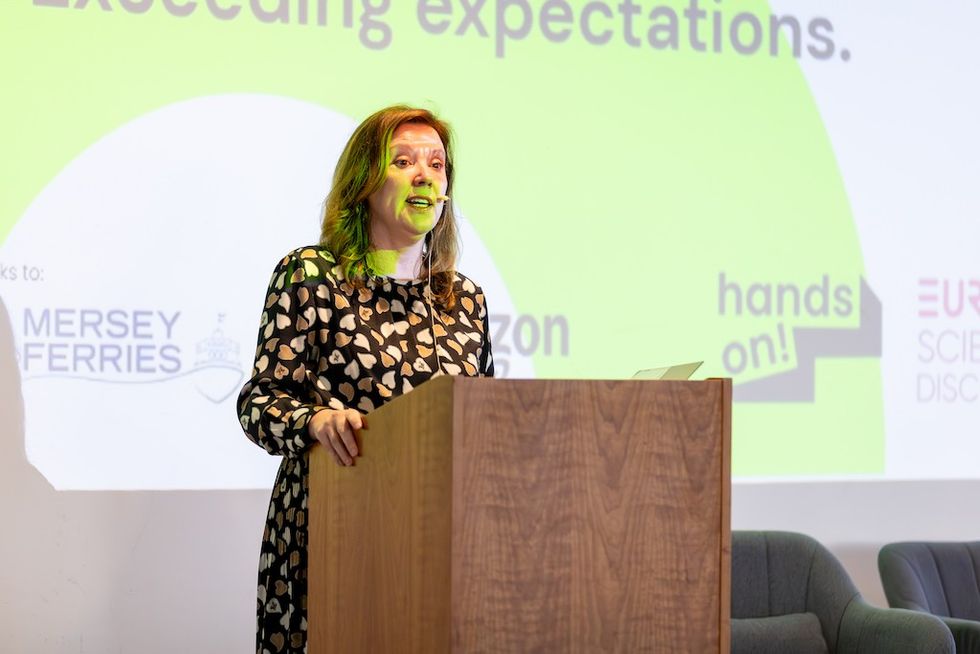 Dame Rachel de Souza
Dame Rachel de Souza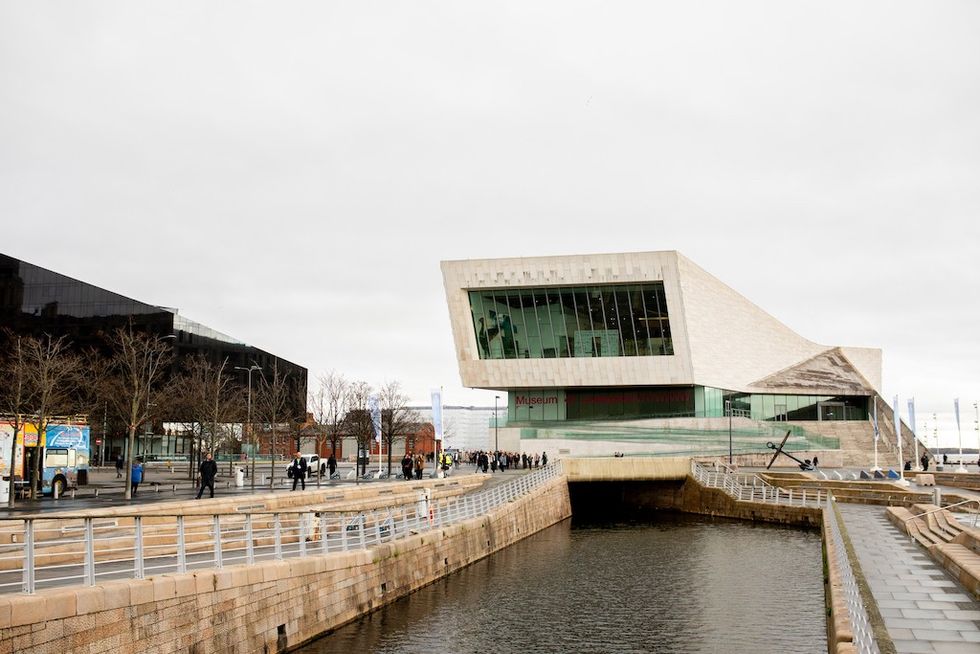 Liverpool Museum
Liverpool Museum
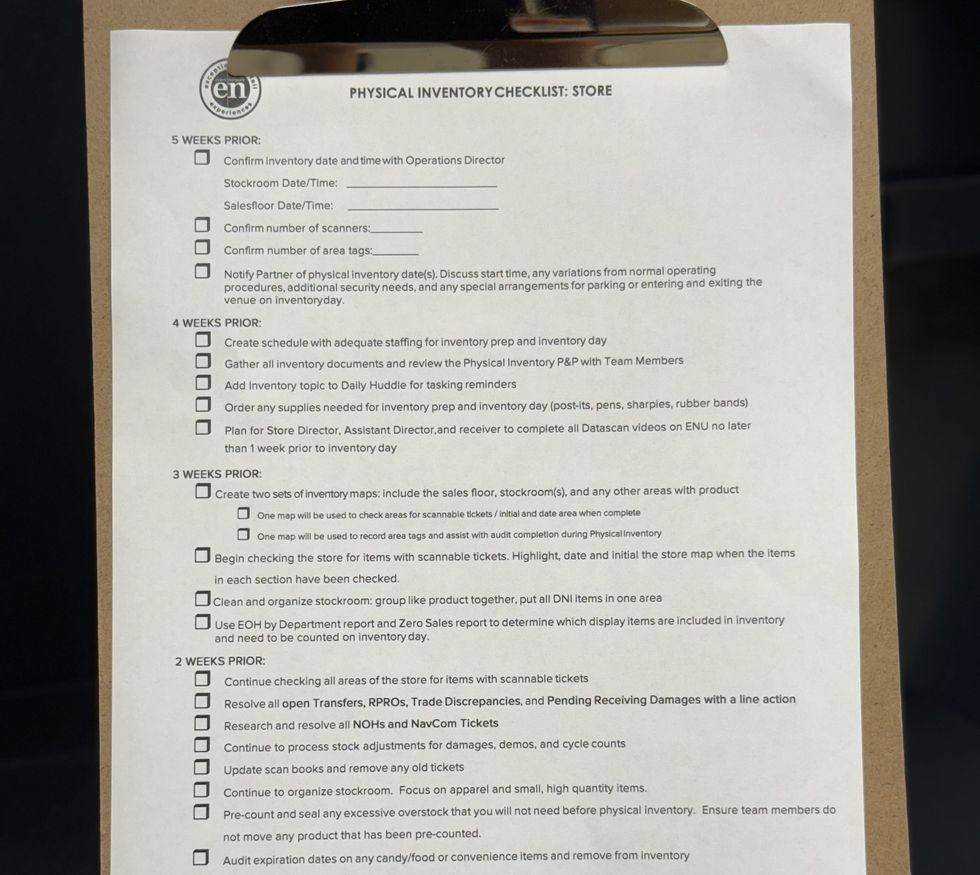
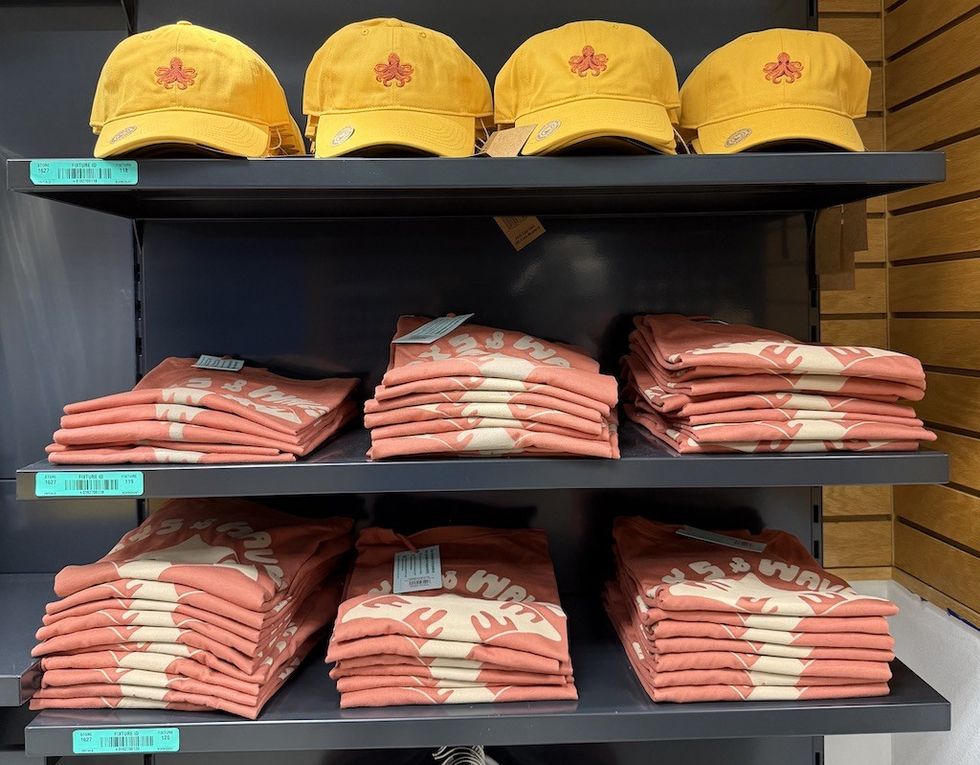
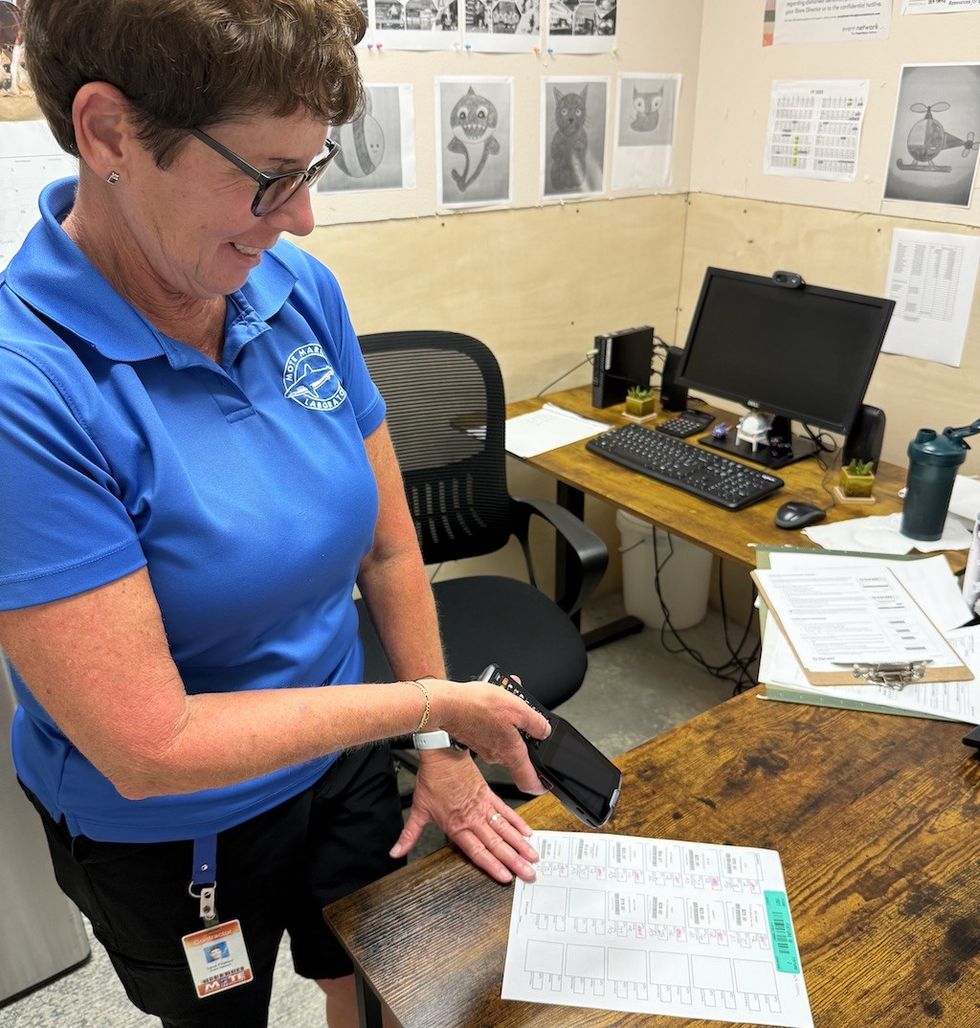


 Guests display a commemorative UN stamp sheet marking the 100th anniversary of the Palace Museum at the UN headquarters in New York, May 2025 (Xinhua)
Guests display a commemorative UN stamp sheet marking the 100th anniversary of the Palace Museum at the UN headquarters in New York, May 2025 (Xinhua)

